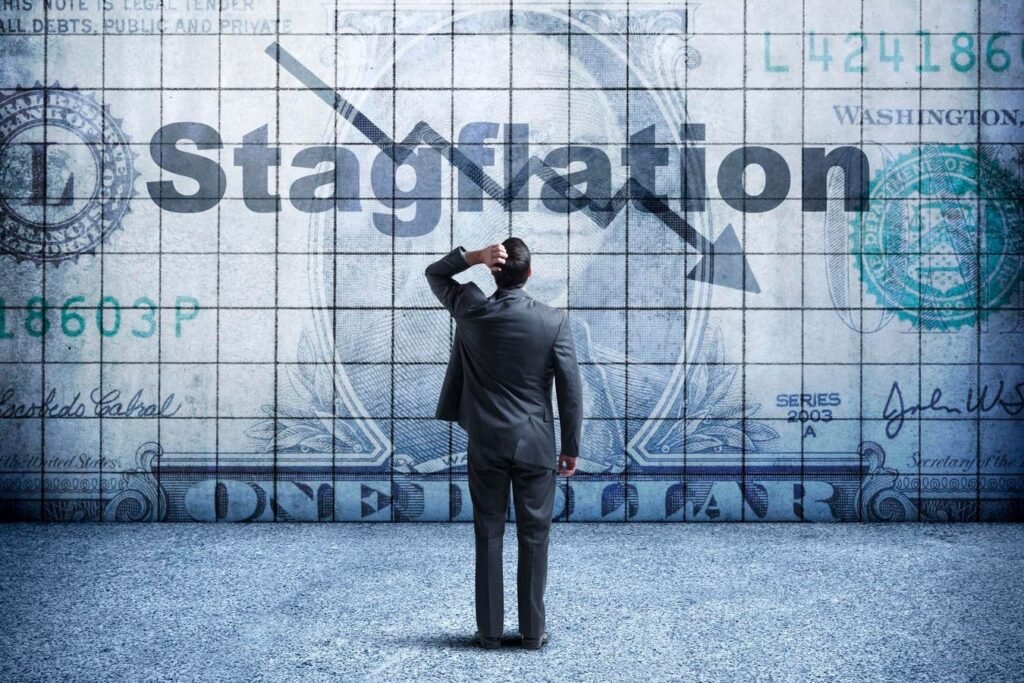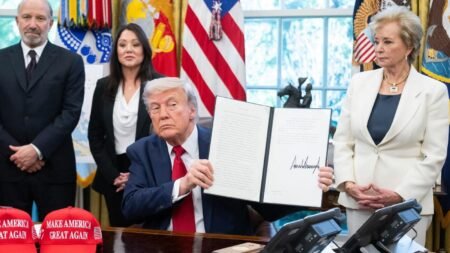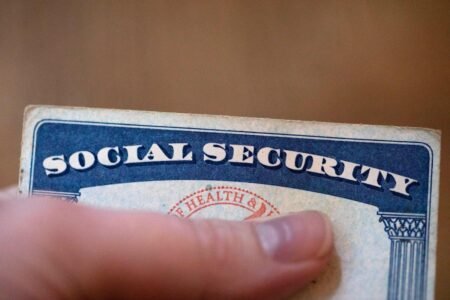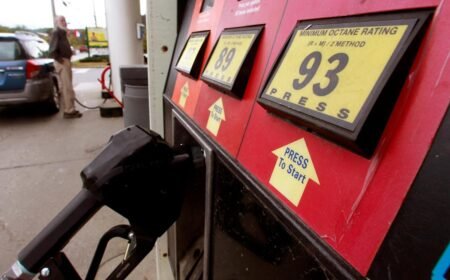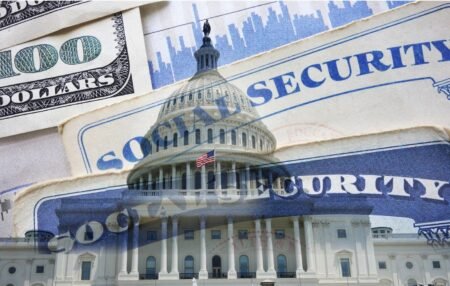Stagflation is a word that has been mentioned a lot over the last year. Relatively few people have experience with it, and it’s not something you want for the economy. But current conditions make it seem the destination for the country.
The term means a combination of tepid but still positive growth, rising inflation, and growing unemployment that can turn out to be fairly unpleasant to live through.
An Historical Example Of Stagflation
In the 70s and going into the 80s was a classic example of stagflation.
GDP growth was moderate but nothing remarkably high or low, as happens in stagflation. Below is a graph of GDP growth indexed to a recession in 1947. It runs from January 1970 to December 1985.
Inflation, on the other hand, was far more aggressive, as the graph below shows.
Inflation rose to double-digit levels by 1974 at 11.1% year-over-year, down to 5.7% by 1976, and up to 13.5% in 1980. It took until 1982 to see inflation under 10% (6.1% that year).
The Fed under Chair Paul Volker drove up the benchmark federal funds rate far past what the U.S. saw after the pandemic. There was a double peak in the early 1980s of 19.1%. By the end of 1979, it was already up to 13.8%. The graph below shows what happened with the effective federal funds rate.
Then there was unemployment, which ran from 6.0% early in the decade to just under 5.0% going up to 9.0% in 1975, then down again to 6.3% for 1980, only to eventually top out in that decade at 10.8%. The graph below from the Federal Reserve Bank of St. Louis provides the picture.
Conditions Today
Where things stand now is tough to say. Conditions aren’t as extreme as they were in the 70s and 80s, but where they are exactly is hard to say. With the shutdown, there’s a heavy lack of some important economic insights, especially in the labor market.
The percentage of unemployed people who are out of work for at least 27 weeks has been growing. For the first time since the data has been recorded, since at least 1947, that has happened without a recession to set it off. New college graduates have an unemployment rate (9.3%) about 2.5 times larger than more established bachelor’s degree holders. For the first time since at least 2000, workers with only a high school diploma at most have an average unemployment rate, which also is lower than that of new graduates. For years now, the number of open job positions seems to have been artificially inflated as hiring doesn’t catch up as it’s been sinking for a while.
Inflation just lifted to 3% year-over-year. It’s been on an increase and has been slowly pulling away from the Fed’s 2.0% target after coming closer to it. And yet, while the Fed typically would consider keeping interest rates tighter to control inflation, they’re more likely to cut rates again this month because of the labor market.
The national debt has just hit $38 trillion, increasingly worrying markets. Investors are buying more longer-term Treasury bonds because they’re worried about the near future.
Could this be coming stagflation? Something else? No one knows where things are going, and that makes getting prepared at the individual, business, state, or federal level next to impossible.
Read the full article here





